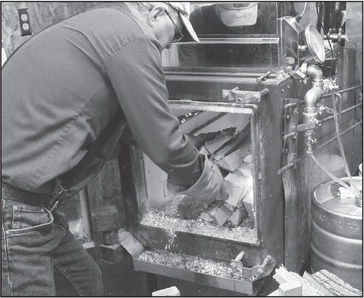MAKING THE MOST OF MAPLE


Greenwood sugar shack known for sugar, creme and mustard
Larry Pakiz wasn’t thinking very far ahead one spring day some 15 years ago when he wa...


Greenwood sugar shack known for sugar, creme and mustard
Larry Pakiz wasn’t thinking very far ahead one spring day some 15 years ago when he wa...